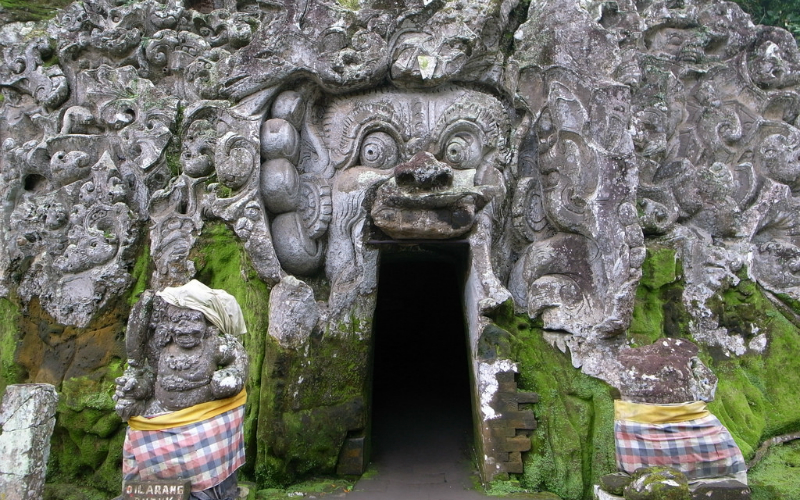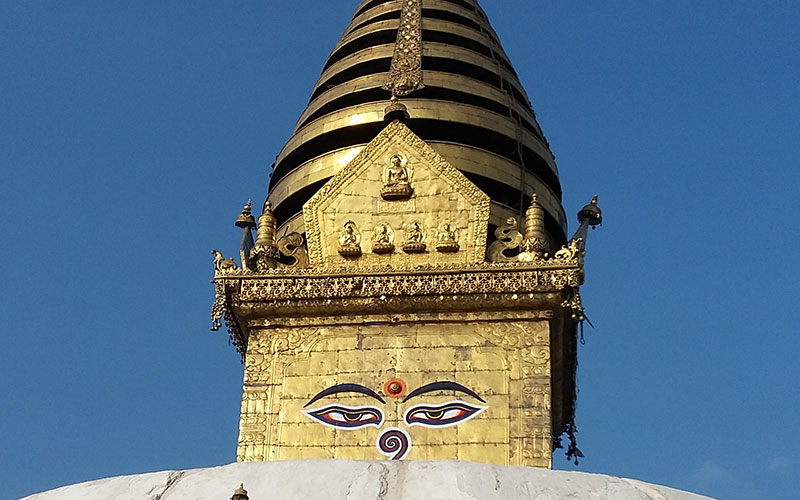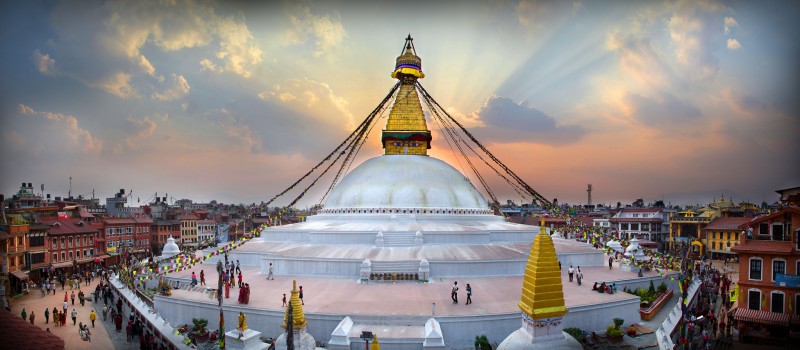
Home of the breathtaking Mount Everest, Nepal is country with expansive mountainous landscapes and diverse cultures, as well as a very popular destination for hikers – trekking in Nepal is one of the best experiences this nation has to offer. However, outside of the trekking and hiking community, because it borders India, many travellers who have yet to visit Nepal are quick to assume that she is just another India. The truth of the matter is both countries are far from being the same.
Having not visited the country herself prior to moving to Nepal for work, avid India traveller Elen Turner, assumed too that the experience would be the same. The reality of it however was a complete 180 from what she expected. The main difference between the countries, as Turner says: “…comes down to the fact that Nepal is extremely poor, and is classified as a ‘least developed nation’. India does a poor job of equitably distributing its wealth, but it does have a lot of wealth and resources.”
In a guest post she wrote from Breathe Dream Go, Turner lists down six important things that set Nepal and India apart from each other travellers should know before visiting.
1. The power situation in Nepal
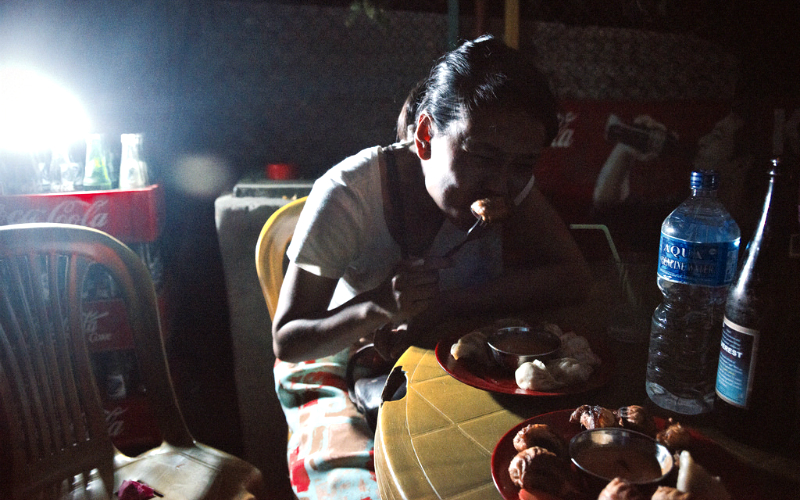
Unless you visit during monsoon, which isn’t advisable, Kathmandu suffers from crippling power shortages of the sort that were apparently common throughout India, but are not any longer. The hydro dams that produce electricity are low outside of the monsoon months, meaning that scheduled power in the middle of winter can be as little as two hours per day. At other times of the year, this can rise to 8-12 hours per day.
If you’re staying in a hotel in Kathmandu or Pokhara, you’re likely to be supplied with sufficient power from a backup generator. Be aware that most Nepalis do not have this luxury.
2. It’s easier to travel as a single woman in Nepal
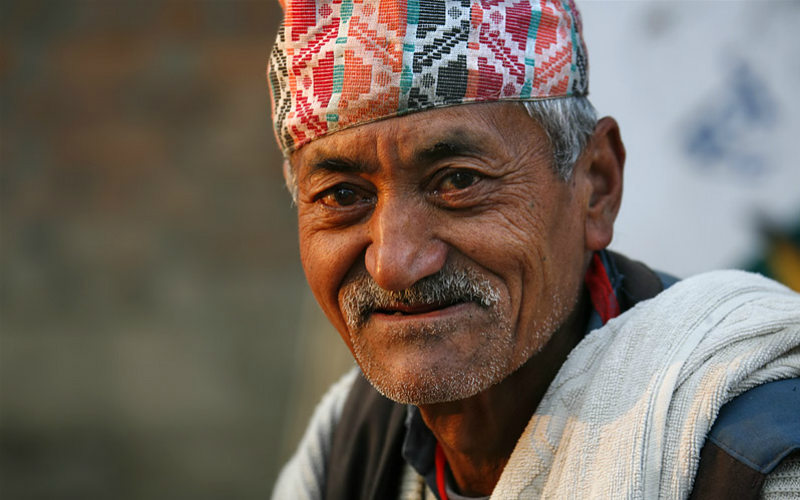
While I’m a staunch supporter of women’s travel in India, the truth is that travelling in Nepal is much more comfortable, most of the time.
In general, Nepalis are very laid-back people who don’t invade one’s personal space, male or female. Nepali men are not prone to staring or making audible or muttered comments to foreign women. There is less likelihood that a casual chat with a man on a bus or elsewhere in public will be misinterpreted, thus making it easier for foreign women to have genuine, interesting and harmless conversations with Nepali men. It’s still a good idea to dress modestly, but Nepali women — especially the young, in Kathmandu — often show more skin and wear tighter jeans and t-shirts than is common in India. Although still a very patriarchal and male-dominated society, Nepal does not have the same unwritten prohibitions against women in certain parts of the public sphere that India does. If, as a woman, you stumble into a down-market restaurant that’s patronised by men, you shouldn’t feel intimidated.
At first, I thought that these more relaxed gender codes were a mountains-plains divide, as it is often said that travelling in India’s mountainous areas is ‘easier’ as a woman. However, I visited Janakpur, a city on Nepal’s plains, very near the border with Bihar, and I found the atmosphere there very comfortable. Despite looking like a very poor, dusty, flat Uttar Pradeshi or Bihari town, in Janakpur I wandered freely, alone, without even a sideways glance.
3. Vegetarianism
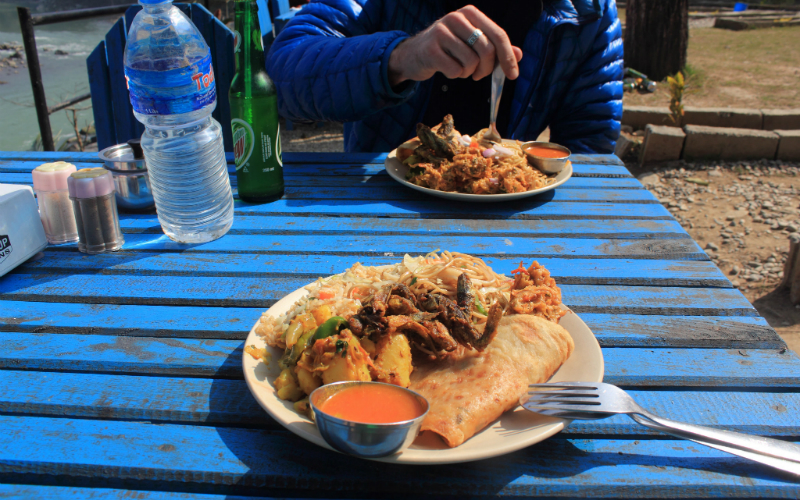
Although a majority of Nepalis are Hindu, most are not vegetarian. As one myself, I love travelling in India as it’s one of the few places in the world where I’m spoilt for choice when I pick up a menu. The same doesn’t always apply in Nepal, where chicken and buffalo are very popular. But it’s still easy to get by, as vegetable curries and momos are available almost everywhere, even deep in the mountains.
4. The infrastructure
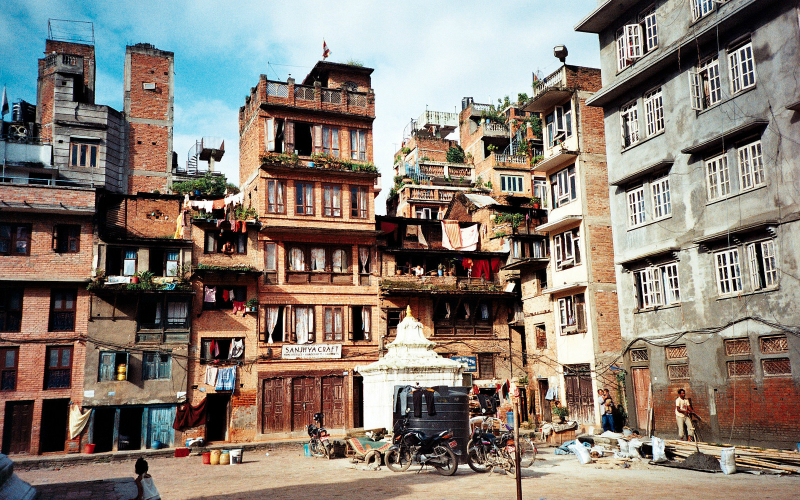
In some respects, such as the network of trekkers’ lodges throughout the mountains, Nepal’s tourism infrastructure is good. In most others, it really is not. The quality of the roads in Kathmandu is extremely poor, as they are in much of the rest of the country. Local buses are old, overcrowded and slow, although very cheap. Faster tourist buses only run along a couple of routes, namely, between Kathmandu and Pokhara. There are practically no railways in Nepal apart from a short strip in the Terai that connects with India, and domestic flights, although frequent and cheap, are often cancelled due to bad weather in the mountains.
Nepal is a very poor, mountainous country, so this poor infrastructure is entirely understandable. But it does mean that when visiting Nepal, it’s not a good idea to try to do too much, too quickly.
5. It’s not OK to lose your temper
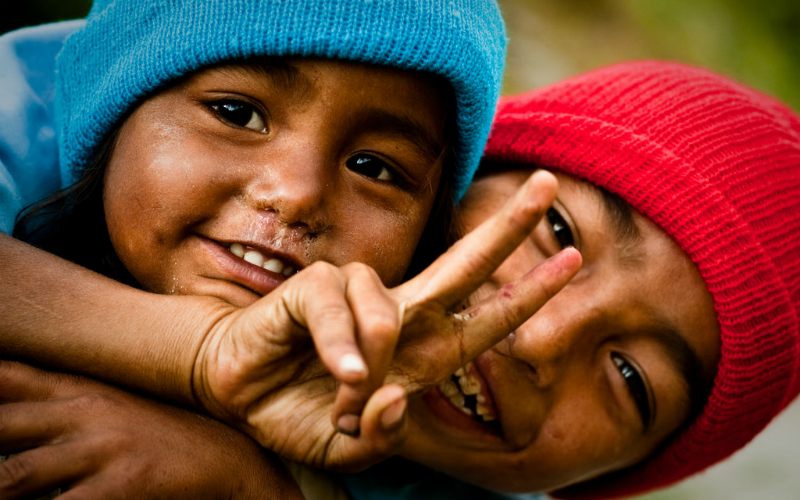
Sometimes, in India, stomping your foot and raising your voice is the only way to get what you want, or be treated the way you should be. In Nepal, this doesn’t fly. In this respect, Nepalis are temperamentally more similar to their East Asian neighbours, where losing one’s temper in public is considered an embarrassment, and the quickest way to alienate people. (Of course, this doesn’t apply in politics, which is governed by its own set of rules and non-rules!)
6. The permeation of Buddhism
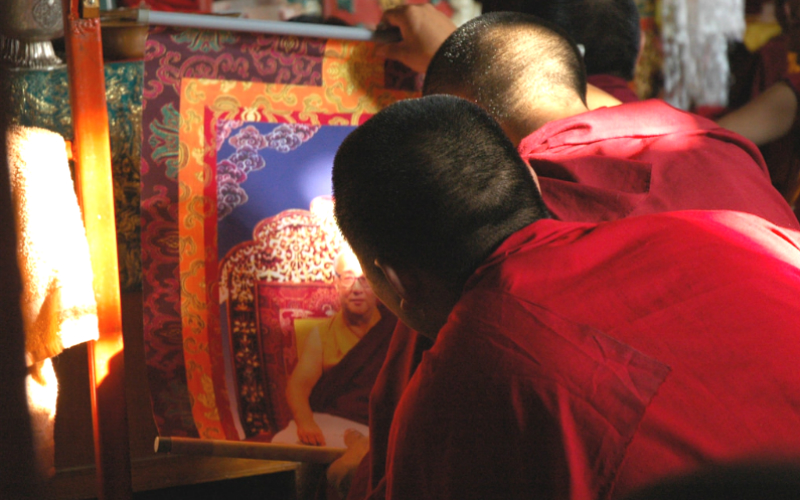
Although more than 80% of Nepalis are Hindus, Buddhism is a very visible part of Nepal’s cultural landscape. Lumbini, on Nepal’s plains, is said to be the birthplace of Gautama Siddhartha Buddha, and the country has several ancient Buddhist pilgrimage sites. In Kathmandu, there are numerous Buddhist stupas, adorned with the elegant, languorous and ever-watchful eyes of Buddha. Fluttering, primary-coloured Tibetan prayer flags are a common sight. The native people of the Kathmandu Valley, the Newars, practice a form of Buddhism that has been strongly influenced by Hinduism. Tibetan Buddhism is visible throughout the high Himalaya, which is inhabited by ethnic groups related to Tibet, and also in Kathmandu, with its significant population of Tibetan refugees.
Source: Breathe Dream Go

